Ghibli Hybrid GranSport embodies Maserati's ever-changing fortunes
Maserati Ghibli Hybrid GranSport: the most technologically sophisticated production Maserati ever made?
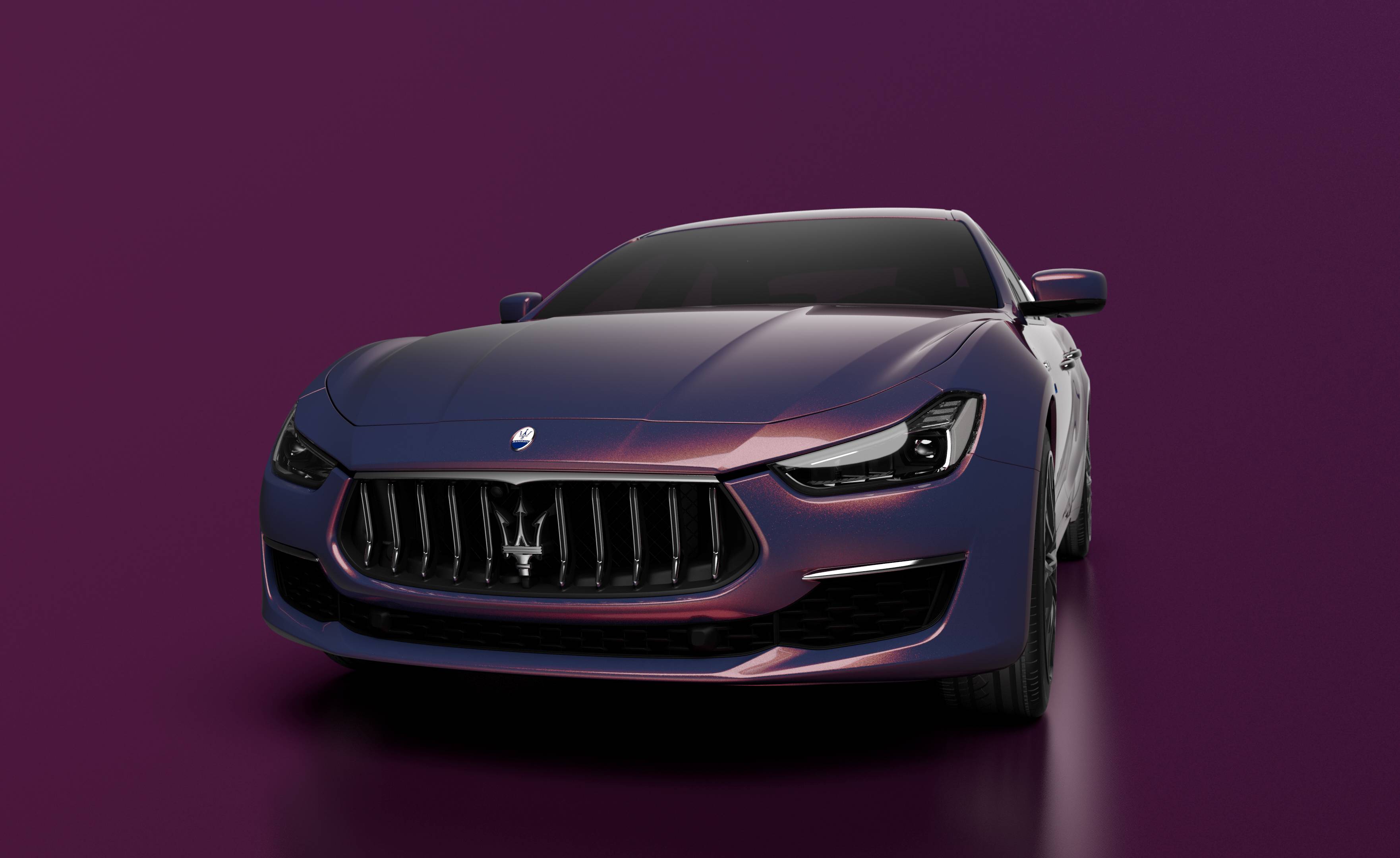
The Maserati Ghibli Hybrid is the first electrified Maserati, spearheading the Italian brand’s new attempt to become a major player in the sports premium sector. The company has a long and complicated relationship with technology. One of the most accomplished of all race-bred car marques, Maserati was founded in 1914 and became a key player in the early years of Formula 1, producing some of the most beautiful and advanced racing cars of all time.
In the post-war era, the company abandoned the quest for sporting success and focused on the demands of the new luxury consumers. Like its close rival Ferrari – who stayed closely connected to the track - Maserati collaborated with some of Italy’s finest coachbuilders to create sporting grand tourers of rare distinction and elegance, ultimately moving into mid-engined supercars at the tail-end of the 60s.
Then it all started to go a bit wrong. Economic downturns drove the company out of independence and into the hands of several esoteric owners. Starting with Citroen from 1968 – who were too experimental and struggling with financial problems of their own – and then Alejandro de Tomaso from 1975 – who was arguably too conservative – the cars produced swung between styles and various levels of mechanical sophistication. Maserati remained distinctive, but as a leftfield choice.
This idiosyncratic approach was thoroughly at odds with the sophisticated path that luxury design was taking. De Tomaso eventually sold out to the FIAT group in early 1990s, starting a revolving doors era of allegiances to the various brands owned by FIAT at that time – Ferrari, Abarth and Alfa Romeo. Today, Maserati is part of Stellantis, the ‘global mobility player’ set up earlier this year to combine the key players in the French and Italian auto industries. In terms of prestige, Maserati sits at the top of the Stellantis tree – its other brands include Fiat, Alfa, Opel, Vauxhall, Citroen, Peugeot, Lancia, DS Automobiles, Chrysler, Dodge and Jeep.
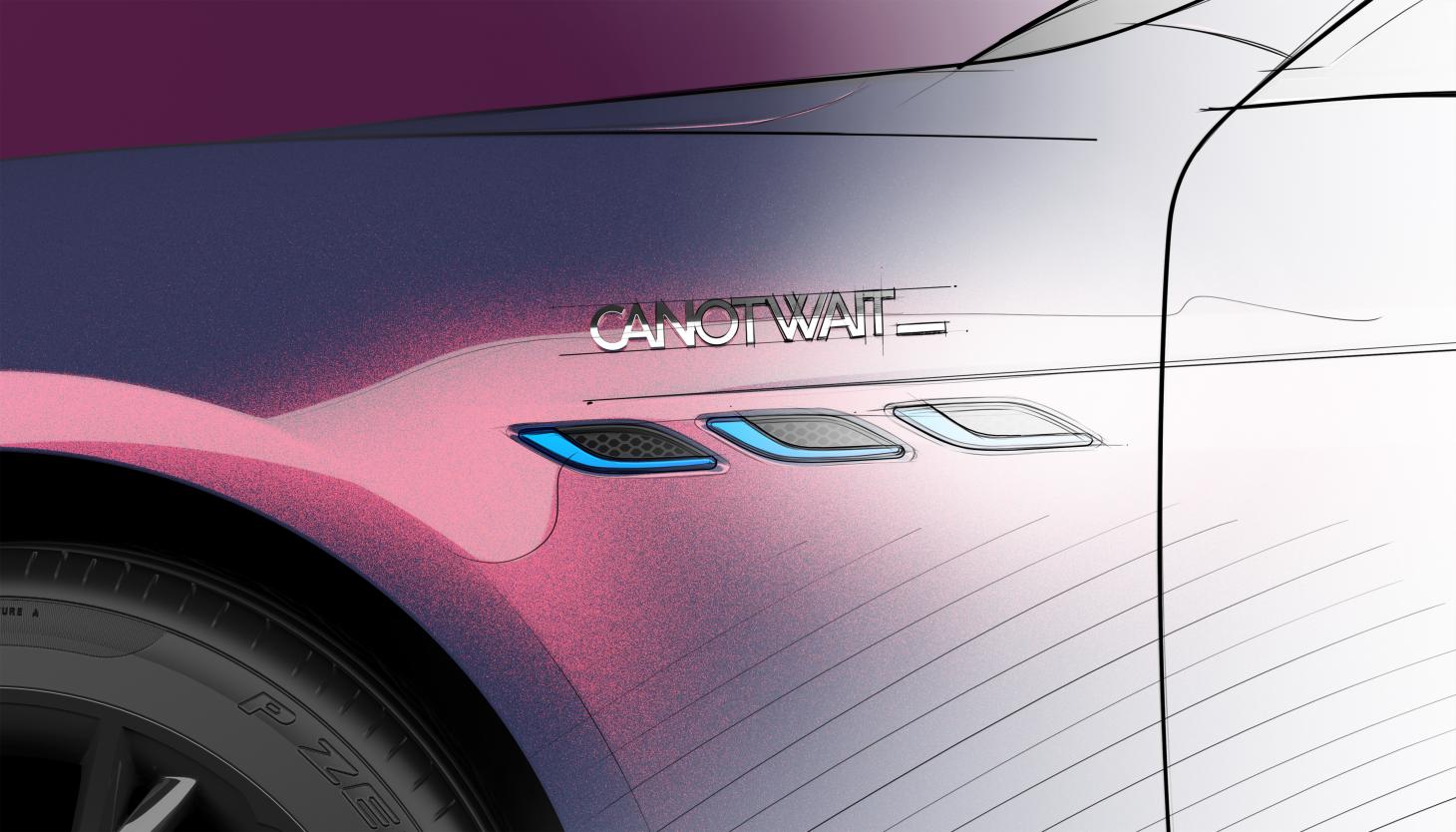
A special edition Ghibli Hybrid created by Maserati's Fuoriserie customization programme, featuring unique detailing and colours
As the eighth largest car maker in the world, Stellantis has the financial and technical muscle to bring smaller, niche players like Maserati in line with the hugely expensive standards and legislative demands that are bearing down on the industry. It’s a tightrope, however, because the distinctive features that have set Maserati apart for generations – for better or for worse – can be easily diluted if it’s seen to be sharing parts with other, lesser, names. Luxury customers can be extremely fickle if they perceive brand integrity being compromised.
This is a long-winded way of saying that the Ghibli name has come to embody certain core characteristics of the company throughout the decade. The first Ghibli was one of Giorgetto Giugiaro’s finest designs, first shown in 1966 and sold until 1973. With a big V8 at the front, two rudimentary seats behind the driver and passenger, and plenty of space for luggage, it was a grand tourer in the traditional sense: elegant and fast. The name re-surfaced with the Ghibli II in 1992, a boxier, sharper edged car that was shaped by Marcello Gandini. Over a six-year lifespan, this superficially prosaic two-door bridged the gap between the Maserati of old and the new, more contemporary-minded company.
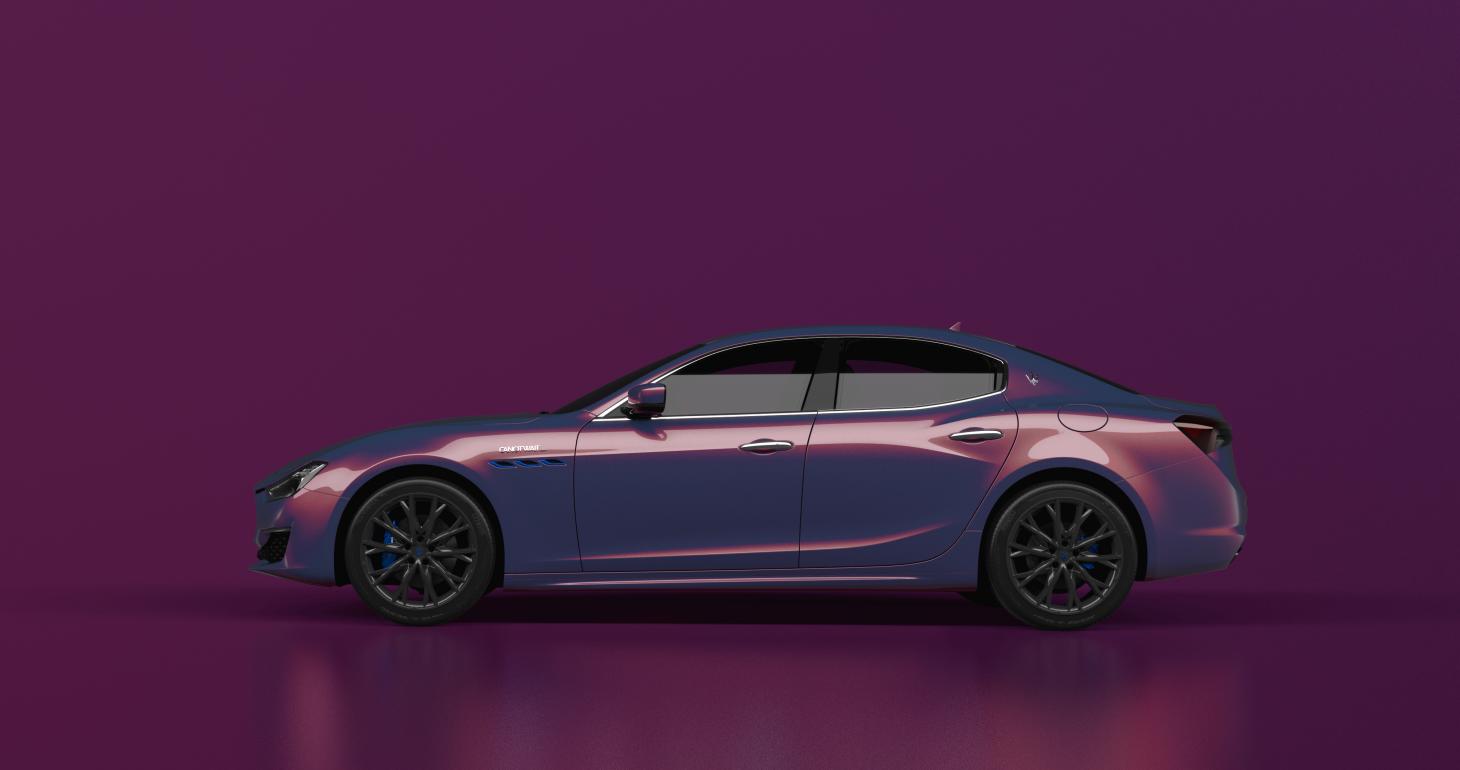
Just eight examples of this Ghibli Hybrid GranSport are being created by the Maserati Fuoriserie customization programme
Which brings us to today’s Maserati Ghibli Hybrid GranSport, perhaps the most technologically sophisticated production Maserati ever made. Today’s Ghibli takes a little bit from each of its predecessors. As a four-door saloon it’s inherently unfashionable, ensuring that Ghibli drivers are happy to step away from convention (although naturally Maserati also has an SUV, the Levante, as well as a keenly awaited sports car, the MC20, just to cover all bases). This newest Ghibli has a modest 4-cylinder engine with an eBooster function, a sort of additional electric turbo, that gives the car additional zip with no emissions penalty. ‘Faster than diesel, greener than gasoline,’ according to the company, although there are barely any distinguishing features that set this car apart from the mainstream, apart from some dark blue details. Acoustic (not electronic) fettling of the exhaust ensures that 4-cylinders can still evoke the iconic ‘Maserati roar’, although it certainly won’t be mistaken for the distinctive bark of the brand’s V8 models.
Maserati stresses that the shift to 4-cylinders and a bigger battery helps out with balance and handling, not just performance and economy. It is still a lively car to drive. Maserati’s excellent ‘Skyhook’ suspension comes standard on the GranSport model, firming things up for twisting surfaces and making the car a pleasure to command, whether at low speeds or on the highway. This is emphatically not a ‘traditional’ hybrid in the sense that you can cruise on pure battery power alone, but the technology allows for seamless and unobtrusive dollops of power when needed, without the savage fury that accompanies a big conventional engine.
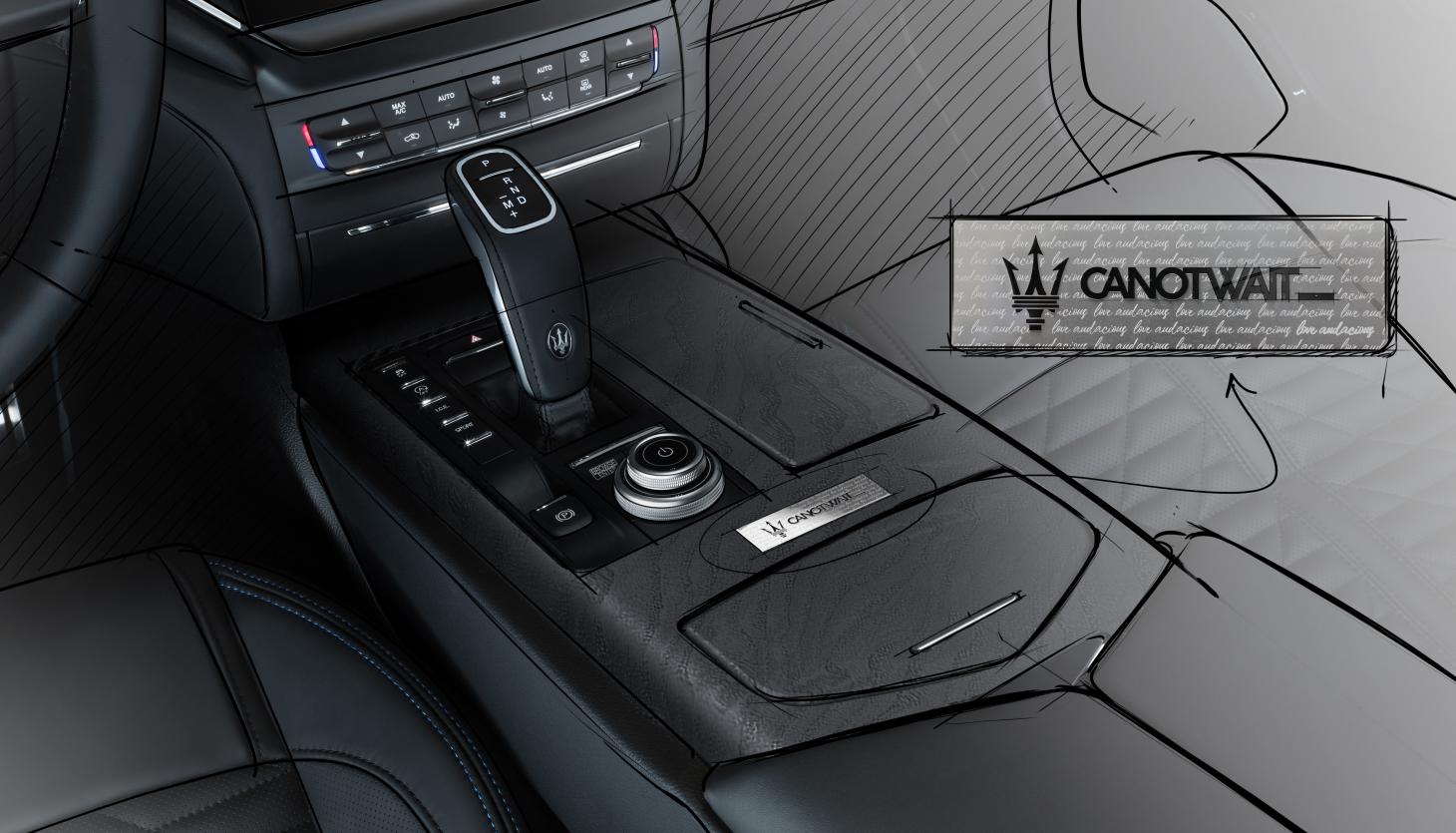
The Maserati Ghibli Hybrid Love Audacious edition, a collaboration with Chinese fashion brand CANOTWAIT_ and the Maserati Fuoriserie customization programme
In GranSport trim there’s an over-reliance on carbon fibre, as well as a curiously abrasive cross-woven seat texture. Options are unlimited, however, if you go down the Maserati Fuoriserie customization route shown in our illustrations. Technology updates also extend to the new Multimedia system, which finally brings the company in line with its competitors, together with app connectivity and the ability to bring Amazon’s Alexa along for the ride, if you so desire. There’s also a low-key driver assistance package, of the type that’s bought off the shelf from a supplier and so can’t help but feel a bit generic. There’s nothing standard about the ‘Ghibli Hybrid Love Audacious’, an edition of eight cars created for the Chinese market in collaboration with William Chan’s streetwear fashion brand CANOTWAIT_. Chan worked closely with the Maserati Fuoriserie customization programme, starting a new special body colour, Digital Aurora. The rest of us will have to make do with a conventional model, although as Maserati has demonstrated time and time again, it has the ability to do things a little bit differently
INFORMATION
Maserati Ghibli Hybrid GranSport, from £63,700 (as tested £87,415)
Wallpaper* Newsletter
Receive our daily digest of inspiration, escapism and design stories from around the world direct to your inbox.
Jonathan Bell has written for Wallpaper* magazine since 1999, covering everything from architecture and transport design to books, tech and graphic design. He is now the magazine’s Transport and Technology Editor. Jonathan has written and edited 15 books, including Concept Car Design, 21st Century House, and The New Modern House. He is also the host of Wallpaper’s first podcast.
-
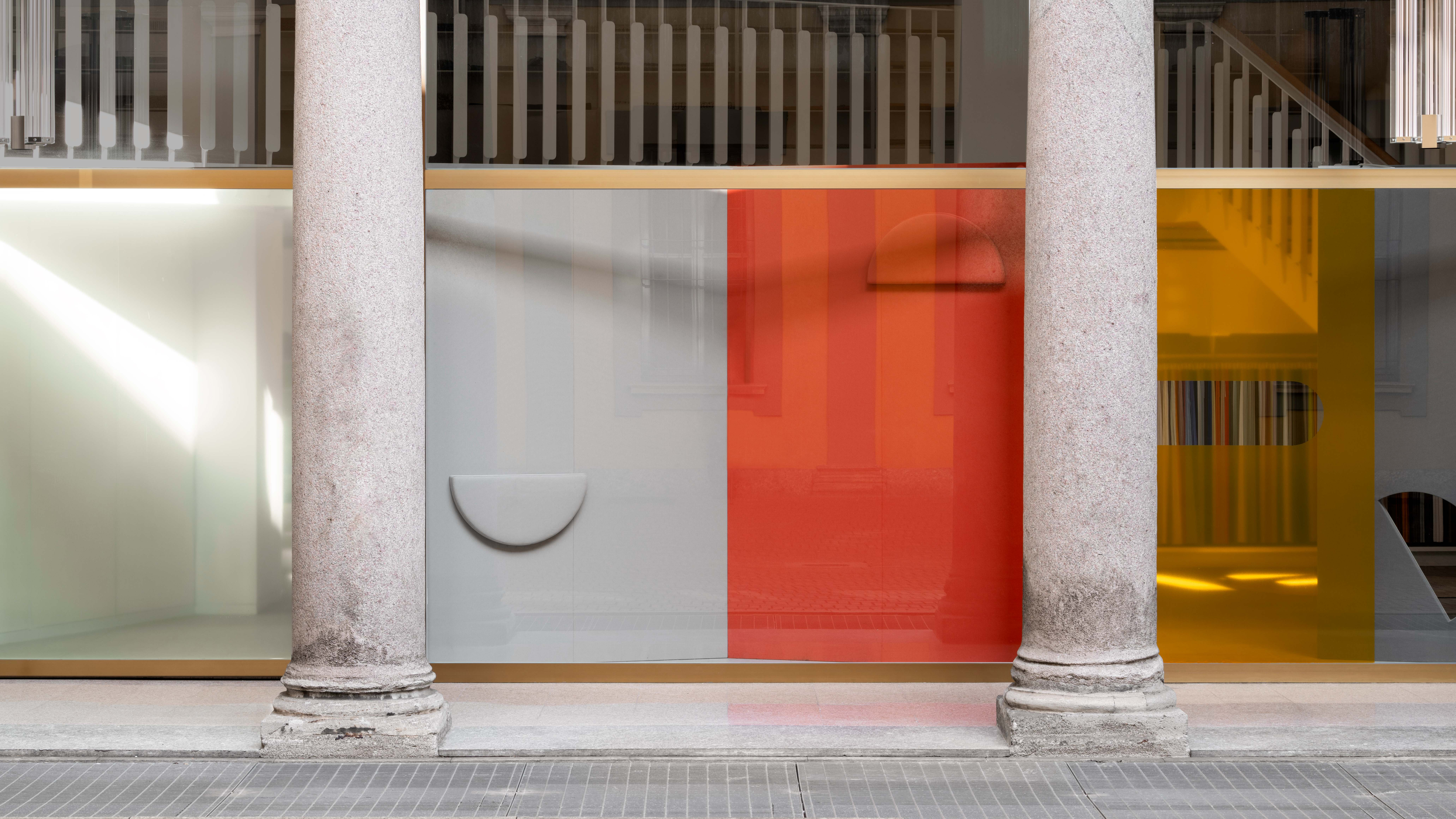 Kapwani Kiwanga transforms Kvadrat’s Milan showroom with a prismatic textile made from ocean waste
Kapwani Kiwanga transforms Kvadrat’s Milan showroom with a prismatic textile made from ocean wasteThe Canada-born artist draws on iridescence in nature to create a dual-toned textile made from ocean-bound plastic
By Ali Morris
-
 This new Vondom outdoor furniture is a breath of fresh air
This new Vondom outdoor furniture is a breath of fresh airDesigned by architect Jean-Marie Massaud, the ‘Pasadena’ collection takes elegance and comfort outdoors
By Simon Mills
-
 Eight designers to know from Rossana Orlandi Gallery’s Milan Design Week 2025 exhibition
Eight designers to know from Rossana Orlandi Gallery’s Milan Design Week 2025 exhibitionWallpaper’s highlights from the mega-exhibition at Rossana Orlandi Gallery include some of the most compelling names in design today
By Anna Solomon